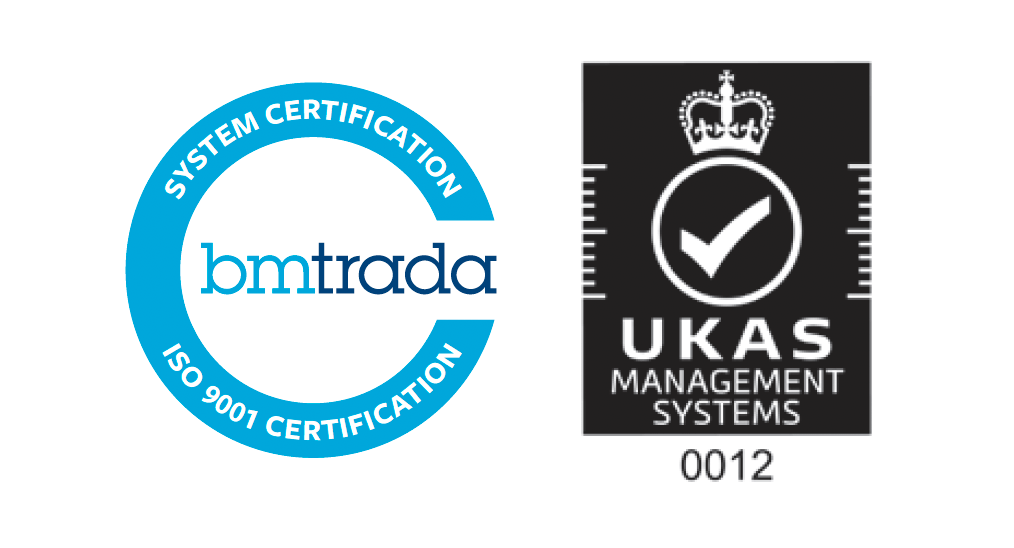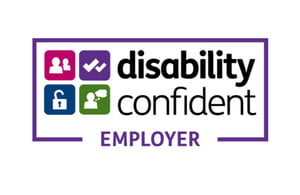COVID has had a devastating and under-recognised effect on cancer services across the patient pathway. Patients are reluctant to present; cancer and COVID symptoms have the potential for conflation and there has been a reduction in capacity across cancer pathways. It is clear that COVID is a particular threat to those with compromised immune systems, however, it is vital that cancer services resume to prevent delays in diagnosis that would set the NHS back decades in terms of cancer outcomes.
The effects of COVID on cancer have been through three main areas:
1. Decreased patient presentation, leading to increased numbers of later stage diagnoses. The rationale for the decrease is likely multifactorial but hypotheses include:
– fear of contracting COVID
– fear of overburdening the NHS
– misconception the NHS is closed for business as usual
– difficulties adapting to new care models (digital)
– over burdensome IPC requirements (pre and post-surgery isolation)
– mortality of patients who would have attended
2. Blanket shutdowns of activity across the NHS which heavily impacted diagnostic and referral pathways, such as screening, and prioritisation of surgical capacity meaning some elements of cancer treatments were delayed
3. Infection prevention control, IPC, procedures have reduced the volumes of patients that can be diagnosed and treated, with less theatre and endoscopy space to diagnose and treat colorectal cancer proving a particular bottleneck
As resurgence continues, cancer services are being further hit as capacity is again reduced, screening is further delayed, and patient behaviours regarding presentation avoidance continue. We have seen in Liverpool already the need to delay some cancer surgery due to the inability to guarantee ITU beds post-surgery as they struggle to cope with increased COVID admissions. Despite recent recommencement of national cancer awareness campaigns, patient presentation is likely to remain below 2019 levels. Additionally, the regional lockdown approach, if returned to post the nation-wide lockdown ends in December, will create an increased variation of impact across geographies and continue the disparity in effects across the different tumour types.
To prevent a large number of excess deaths from cancer, whilst acknowledging that the second peak will necessitate further changes in cancer pathways, there are steps NHS providers could take to protect cancer patients and deliver reassurance that the NHS is safe and open for business.
1. Encourage patients to present
Patient presentation to primary care substantially fell during the first peak and do not appear to have either returned to pre-COVID levels nor have been entirely compensated by increases elsewhere in the system. We would expect to see above pre-COVID levels of two-week wait volumes to account for patients who delayed their presentation but, unfortunately, this is not happening. Identification of the cohorts of patients who are not presenting in terms of age, indices of deprivation, tumour type etc. is needed to then understand why they are not presenting and target advertising and outreach to these groups at pace.
2. Creating biosecure cancer care environments
Crucial to enabling patients to present safely and creating confidence in the system and the flow through the pathway will be the establishment of biosecure cancer care environments through regular staff and patient testing and screening regimens, stringent IPC and pathways that support patients whilst minimising contact.
3. Creating system capacity
Social distancing and infection control have dramatically decreased the capacity of many cancer services who are coping with current demand due to the reduced patient volumes. To maintain equity of service for cancer patients’ once desired patient volumes return new ways of working are needed.
Digital appointments by default should continue to be encouraged but not mandated, establishments of surgical and diagnostic hubs across systems will allow pooling of resources, allowing for economies of scale not previously possible from many smaller services and enabling ambitions for dedicated “COVID-free” sites. Capacity could also be optimised through scheduling algorithms, reminder applications and access to patients across shared PTLs ensuring no slot is ever empty.
4. Staff sharing
Cancer staff, including medics, surgeons, nurses and allied health professionals have a set of skills that are highly specialised and therefore cannot be easily replaced or substituted. Cancer staff also require one of the highest levels of COVID screening due to their direct and regular contact with extremely vulnerable cohorts of patients.
Due to requirements for self-isolation whilst awaiting tests and added childcare demands it is reasonable to expect increased staff sick leave during COVID peaks. It is, therefore, crucial to maintain the workforce, through both immediate testing, childcare support and new ways of collaborative working across the system to share the workload between cancer centres and provide mutual aid. In some circumstances, this might mean closing smaller chemotherapy delivery units to improve staff ratios at larger units where they can manage higher throughput in staff to seat ratios.
5. Shifting cancer care out of hospital
Cancer therapy has already begun a shift into the community, with innovative changes in the delivery of chemotherapy setting allowing for reduced hospital visits with patients able to receive treatment in their own home wherever possible. This includes switching away from intravenous therapies when safe, teaching of self-administration of subcutaneous therapy, oral deliveries and community administration of intravenous therapy. The shift out of hospital will allow for the limited capacity to be better utilised and reduce travel demands and hospital-acquired infection risks for vulnerable cancer patients.
These are some of the themes that have emerged from our interviews with cancer leaders across the country and do not represent a comprehensive list. There has been huge amounts of local innovation and success to build upon from the first wave but there is still some way to go to restore the cancer pathway.



